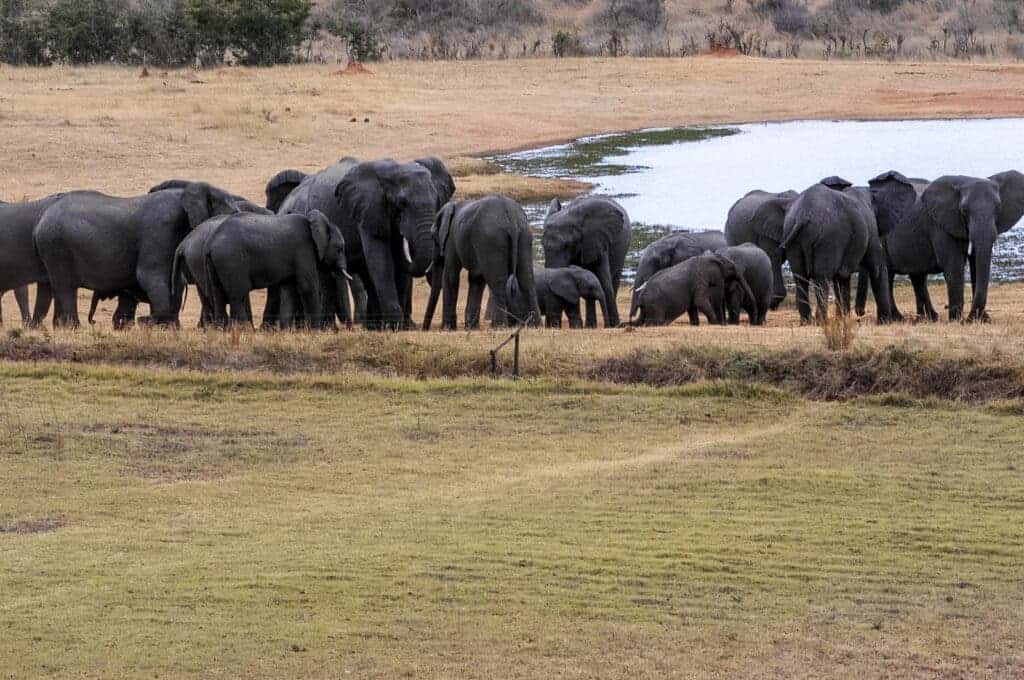Zimbabwe has officially banned mining in all its national parks, responding to protests after allowing Chinese companies to look for coal in one of the world’s most important elephant reserves. The permits had been allegedly awarded without a previous environmental assessment report.

The Zimbabwe Environmental Law Association had filed an urgent request at Harare High Court, claiming mining inside the Hwange National Park would pose severe risks to the biodiversity in the area. Despite their win, they will continue with their claim so to have a legal reassurance in case the government backtracks in the future with their decision.
Hwange is Zimbabwe’s biggest national park. It’s home to the country’s biggest elephant herd, more than 40,000, as well as large pride of lions and buffalo, all popular with tourists. The last black rhino population also lives there, as many endangered species, which environmental organizations argue would be threatened by extractive activities.
The government had given permission to the mining companies Zhongxin Coal Mining Group and Afrochine Smelting to start impact assessments for drilling, geological surveys and road building at two proposed sites inside the Hwange park. Moving ahead with the project would shrink and disturb the habitat of many species and alter safari tourism, a source of income for local people, organizations have argued.
“This is one of the greatest game parks in the world and the mines would be in one of the most pristine areas of the park. The last black rhino population in Hwange Park lives there, so do 10,000 elephants and 3,000 buffalo,” Trevor Lane, who works for the Bhejane Trust in Hwange, told The Guardian. “If it goes ahead it will be an end to the park. It would kill the tourist industry.”
Following the complaints by conservationists, the government first said the companies had been given the mining permits before President Emmerson Mnangagwa came to power in 2015, suggesting there wasn’t much that could be done. Nevertheless, the government decided to change its stand and ban mining in all parks with immediate effect, cancelling permits given to companies across the country.
Information Minister Monica Mutsvangwa was the one to announce the ban on mining in national parks, which was followed by a ban on most river beds. The decision affects mainly Chinese companies, which had been given mining permits in the country. China is a major investor in Zimbabwe and a close ally of the government, which relied on China in recent years to boost its struggling economy.
“Hwange national park is a unique and important enclave. We don’t think there is any tourist who would visit Zimbabwe to check on production of any mine. Tourists are attracted to wildlife. We hope the government will genuinely stay by its word,” said Simiso Mlevu, a spokeswoman for the Center for Natural Resource Governance, in a statement.






